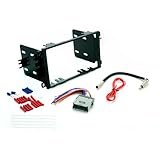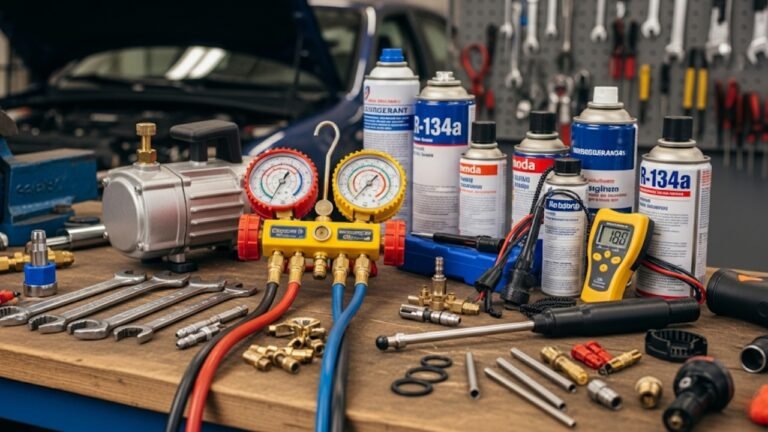5 Surprising Facts: Vertical Windshield Car
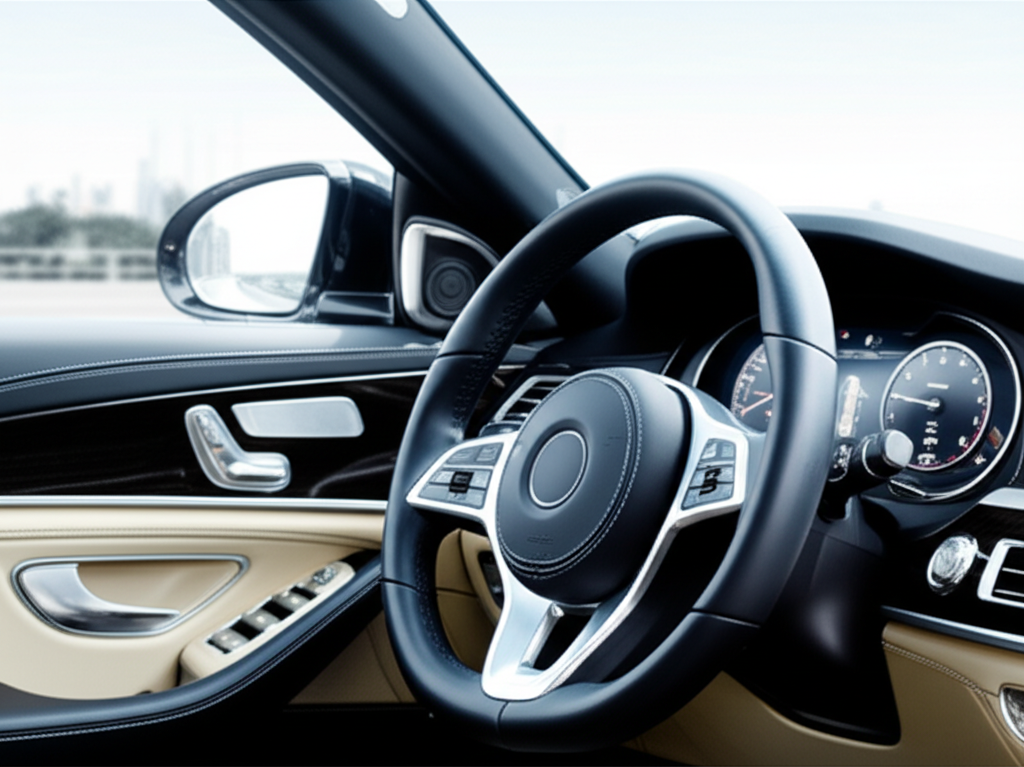
Discover 5 surprising facts about cars with a vertical windshield, revealing their unique design advantages and historical significance in automotive engineering.
Key Takeaways
- Understand vertical windshield designs.
- Learn about improved visibility and aerodynamics.
- Explore historical context of vertical windshields.
- Discover modern applications and innovations.
- Appreciate their impact on driver comfort and safety.
Have you ever noticed a car with a windshield that seems to stand more upright than usual? It might look a bit peculiar at first, but this design choice is more common than you think. Cars with a vertical windshield (or a windshield with a much steeper rake angle, often referred to as “vertical” in common parlance) have a fascinating history and offer surprising benefits. Many drivers overlook this detail, but understanding it can shed light on automotive innovation. Let’s dive into five surprising facts about cars featuring this distinct windshield style.
The Mechanics of a Vertical Windshield
When we talk about a “vertical windshield,” it’s important to clarify what that means in automotive terms. Most modern car windshields are angled backward significantly, a design optimized for aerodynamics and fuel efficiency. A more vertical windshield, therefore, means a windshield that is closer to a 90-degree angle relative to the ground. This design has implications for visibility, cabin space, and even how the car interacts with the wind.
The steepness of a windshield is measured by its rake angle. A traditional, more reclined windshield might have a rake angle between 25 to 35 degrees. A “vertical” windshield, in contrast, could have an angle closer to 10 to 20 degrees, or in some extreme cases, even less. This difference is subtle but impactful. It changes the way light reflects off the glass, the amount of interior space available, and how air flows over the vehicle’s body. Understanding this angle is key to appreciating why manufacturers would opt for such a design.
Fact 1: Enhanced Visibility and Reduced Glare
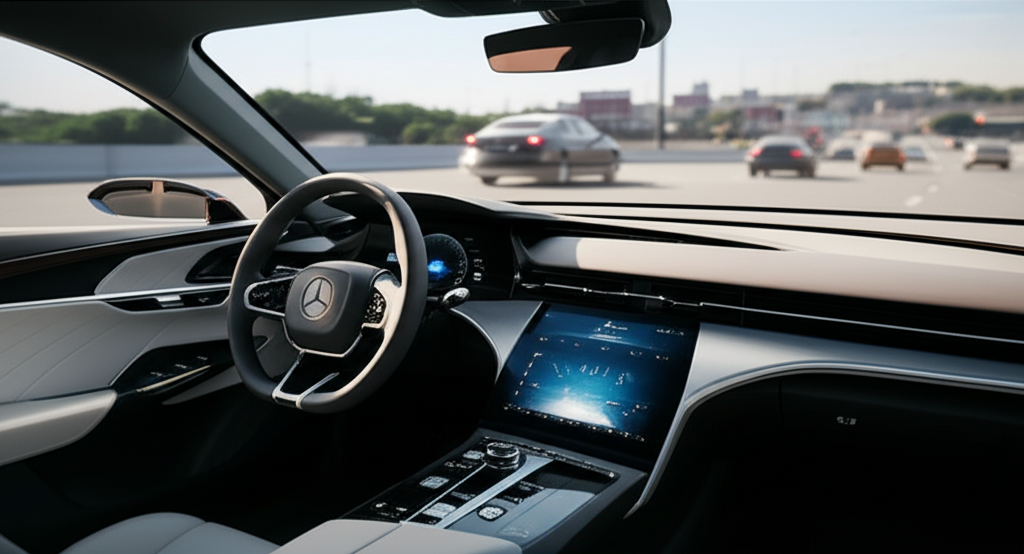
One of the most immediate benefits of a more vertical windshield is the improved visibility it can offer in certain conditions. Because the glass is closer to perpendicular, it can reduce the chances of glare from the sun or headlights reflecting directly back into the driver’s eyes. This is especially true when the sun is low on the horizon, a common challenge during early mornings and late afternoons.
Think about driving into the sun. A heavily raked windshield can sometimes act like a mirror, reflecting the bright sky or the sun itself into your field of vision. A more vertical windshield, however, allows the driver to look over or through these reflections more easily. While it might seem counterintuitive, this design can lead to a clearer, less interrupted view of the road ahead, contributing to safer driving, particularly in challenging lighting situations. This can be a significant advantage for drivers who frequently commute during dawn or dusk, or for those who often drive in areas with intense sunlight.
How Vertical Windshields Affect Glare
The physics behind glare reduction with a vertical windshield are straightforward. Glare occurs when light reflects off a surface at an angle. The angle of incidence equals the angle of reflection. With a more vertical windshield, the angle at which sunlight hits the glass is less likely to reflect directly back into the driver’s eyes due to the geometry. Instead, the light is often reflected away from the driver’s line of sight, upwards towards the sky or downwards towards the road surface.
This effect is particularly pronounced with certain types of glass coatings. Modern windshields often have UV-protective layers and tinting that can further mitigate glare. However, the fundamental angle of the glass plays a crucial role in how effectively these technologies combat problematic reflections. For drivers sensitive to glare, a vehicle with a carefully designed vertical windshield might offer a surprising level of comfort and safety.
Fact 2: Historical Roots in Early Automotive Design
Cars with vertical windshields aren’t a new fad; they are a nod to the early days of automotive engineering. In the nascent stages of automobile production, designers prioritized functionality and visibility above all else. Aerodynamics, as we understand it today, was a secondary concern. Many of the earliest automobiles featured windshields that were nearly upright.
These early designs were influenced by carriage and wagon designs, where a flat, vertical window was the standard. As cars evolved, the desire for speed and efficiency led engineers to experiment with sloped windshields. However, the legacy of the vertical windshield can still be seen in some iconic vehicles and specific automotive applications. It represents a foundational approach to driver perception and car construction.
Evolution of Windshield Rake Angles
The shift from vertical to sloped windshields wasn’t instantaneous. It was a gradual process driven by technological advancements and changing consumer expectations. The development of more powerful engines and the pursuit of higher speeds necessitated better aerodynamics to reduce drag and improve fuel economy. Wind tunnels became essential tools for designers, revealing how air flowed over vehicle surfaces.
A sloped windshield helps to streamline the airflow, reducing the turbulent wake behind the vehicle. This translates to less wind noise inside the cabin and, more importantly, better fuel efficiency. However, the pendulum can swing back. Sometimes, specific design goals or aesthetic choices can lead manufacturers to re-evaluate traditional windshield angles. Below is a table illustrating the typical rake angles and their associated benefits:
| Rake Angle Range (Degrees) | Typical Vehicle Type | Primary Design Philosophy | Key Benefits |
|---|---|---|---|
| 0-15 | Early Automobiles, Some Trucks/Vans | Maximum Visibility, Simplicity | Unobstructed view, easy to clean |
| 15-30 | Modern Sedans, SUVs (More Vertical) | Balanced Visibility and Aerodynamics | Reduced glare, good cabin space, moderate aero |
| 30-45 | Sports Cars, Modern Sedans (More Sloped) | Aerodynamic Efficiency, Style | Lower drag, quieter cabin, sporty appearance |
This historical perspective highlights that the “vertical windshield” wasn’t just an anomaly but a standard that evolved with the industry’s capabilities and priorities.
Fact 3: Space Optimization and Interior Volume
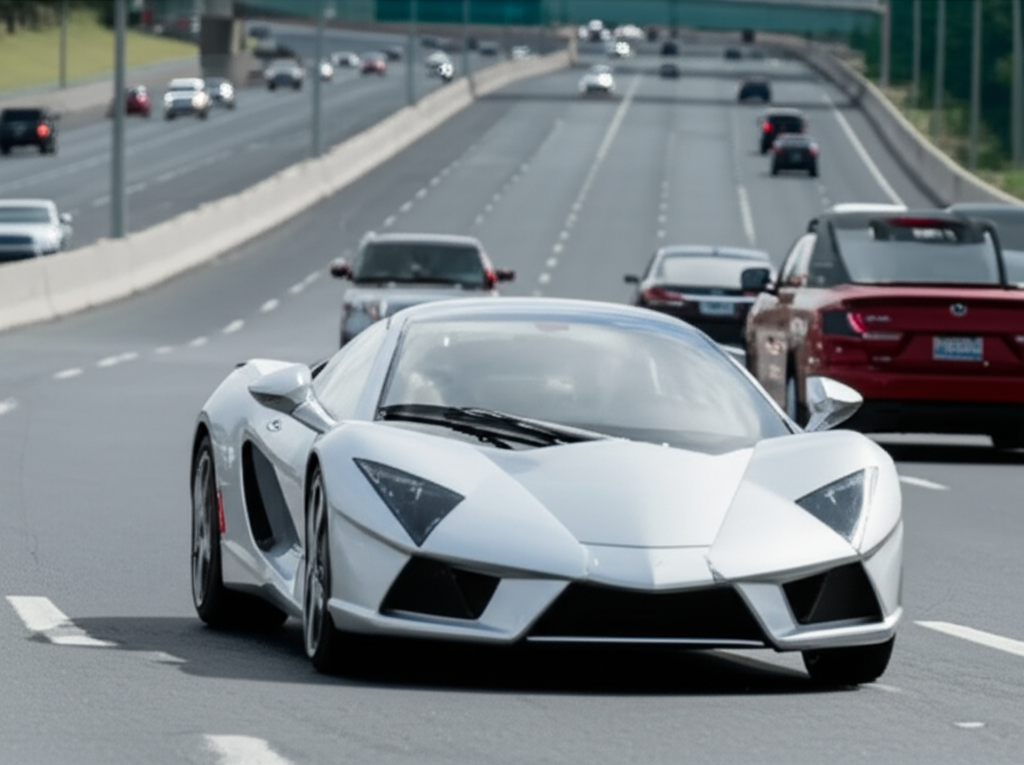
One of the often-overlooked advantages of a more vertical windshield is its impact on interior space. When the windshield is steeper, it effectively pushes the dashboard further forward and creates more headroom and overall cabin volume. This can make a vehicle feel more spacious and less cramped, even if its exterior dimensions are modest.
Consider compact cars or vehicles where maximizing interior space is a key design objective. A vertical windshield can contribute significantly to achieving this. For passengers, this can mean more comfortable legroom and elbow room. For cargo, it might allow for a more upright and densely packed load in the passenger compartment or trunk area. This design choice is particularly prevalent in certain types of vans and utility vehicles where interior volume is paramount.
Maximizing Cabin Feel
The psychological impact of a vertical windshield on perceived space is also significant. A more upright dashboard and a windshield that feels “closer” can create an illusion of greater openness within the cabin. This is a design strategy often employed by manufacturers aiming to make smaller vehicles feel larger and more luxurious. It’s about how the driver and passengers experience the space, not just the raw measurements.
For example, in many modern minivans or commercial vans, the front windshield is quite steep. This not only provides excellent visibility but also allows the dashboard to be positioned further forward, creating a larger total interior volume that can be utilized for passengers or cargo. This design principle is a clever way to enhance practicality without necessarily increasing the vehicle’s overall footprint.
Fact 4: Unique Aerodynamic Considerations
While sloped windshields are generally favored for their aerodynamic benefits, vertical windshields present a different set of challenges and opportunities for engineers. Instead of facilitating smooth airflow over the top of the car, a vertical windshield interacts with the air more directly, creating a larger frontal area and potentially more drag. However, clever design can mitigate these effects.
In some vehicles, a near-vertical windshield is combined with other aerodynamic treatments to manage airflow. This might include the shape of the hood, the design of the A-pillars (the pillars that frame the windshield), and the overall contours of the vehicle’s body. The goal is to direct air around the vehicle as efficiently as possible, minimizing resistance.
Aerodynamics in Action: Examples
You can see this in practice in vehicles like the original Volkswagen Beetle. Its famously rounded shape and relatively upright windshield were designed to be surprisingly aerodynamic for their time, especially considering the technology available. More modern examples include certain electric vehicles, where the design prioritizes maximizing range, and engineers often play with various windshield angles to find the optimal balance between interior space, visibility, and aerodynamic efficiency.
Some trucks and vans also employ a more vertical windshield design. While these vehicles are not typically built for outright speed, minimizing drag is still important for fuel economy, especially for commercial use. These designs might utilize a slightly curved windshield to help break up the air and reduce drag, or a distinct separation between the hood and windshield to manage airflow. The U.S. National Highway Traffic Safety Administration (NHTSA) sets standards for vehicle safety, and while aerodynamics isn’t directly regulated, it is a critical factor in vehicle performance and efficiency.
Pro Tip: Regularly clean your windshield, both inside and out, to maximize visibility and reduce glare, regardless of its rake angle.
Fact 5: Durability and Impact Resistance
In certain applications, a more vertical windshield can offer surprising advantages in terms of durability and resistance to impact. Think about vehicles that operate in environments where they might encounter debris or experience minor impacts. A steeper angle can mean that objects striking the glass are more likely to glance off rather than hit the windshield directly at a perpendicular angle.
This is a significant consideration for off-road vehicles, construction equipment, and even some military vehicles. A more upright surface can reduce the likelihood of chips and cracks caused by flying stones or other debris. The glass itself is often thicker and made of specialized tempered or laminated materials to withstand these harsh conditions. While everyday passenger cars prioritize other factors, this inherent durability is a valuable trait in specific automotive contexts.
Materials and Strength
The strength of a windshield is not solely determined by its angle. The type of glass used and its thickness are crucial. Laminated safety glass, standard in most modern cars, consists of two layers of glass with a layer of plastic (typically polyvinyl butyral, or PVB) sandwiched between them.
When laminated glass breaks, the fractured pieces tend to adhere to the plastic interlayer, reducing the risk of dangerous shards flying into the cabin. A more vertical windshield, when made with robust materials, can leverage its angle to further minimize direct frontal impacts. For instance, vehicles designed for extreme conditions might feature windshields that are significantly thicker and have a more pronounced outward curve even when the rake angle is steep, further enhancing their impact resistance. The American National Standards Institute (ANSI) Z26.1 standard defines the safety performance requirements for automotive glazing in the US, ensuring these materials meet rigorous safety benchmarks.
Conclusion
From enhancing visibility and reducing glare to offering practical interior space and surprising durability, cars with vertical windshields possess a unique set of advantages rooted in both historical design principles and modern engineering solutions. While the automotive industry has largely embraced sloped windshields for their aerodynamic efficiency, the vertical design continues to offer compelling benefits in specific niches and for drivers who appreciate its distinct characteristics. Understanding these five surprising facts about vertical windshields gives you a deeper appreciation for the diverse and innovative world of automotive design.
Frequently Asked Questions
What is a vertical windshield?
A vertical windshield refers to a car’s front glass that is set at a considerably steeper angle to the vehicle’s body, approaching a 90-degree orientation compared to the ground, unlike the more common, slanted windshields on most modern vehicles.
Do vertical windshields improve fuel economy?
Generally, no. Sloped windshields are more aerodynamic and contribute to better fuel economy by reducing drag. Vertical windshields can increase drag, though clever body design can mitigate this to some extent.
Are cars with vertical windshields safer?
They can be safer in terms of visibility by reducing glare. However, their aerodynamic properties might be less optimal. Safety also depends on the overall vehicle design, including structural integrity and airbag systems.
Why did early cars have vertical windshields?
Early cars prioritized basic functionality and visibility. Aerodynamics were not a primary concern, and vertical windshields were simpler to manufacture and provided an unobstructed view, drawing inspiration from carriage designs.
Can I get a vehicle with a vertical windshield today?
Yes, while less common on typical passenger cars, vertical or steeply raked windshields are found on many vans, some trucks, and specialized utility vehicles where maximizing interior space and visibility are key design goals.
How does a vertical windshield affect interior noise?
A vertical windshield can sometimes lead to more wind noise inside the cabin compared to a sloped windshield, as it presents a more direct surface for the wind to interact with. However, modern design techniques and materials can help manage this.
What is the typical rake angle of a modern car windshield?
Most modern car windshields have a rake angle somewhere between 25 to 35 degrees. This range offers a good balance between visibility, aerodynamics, and interior space.

